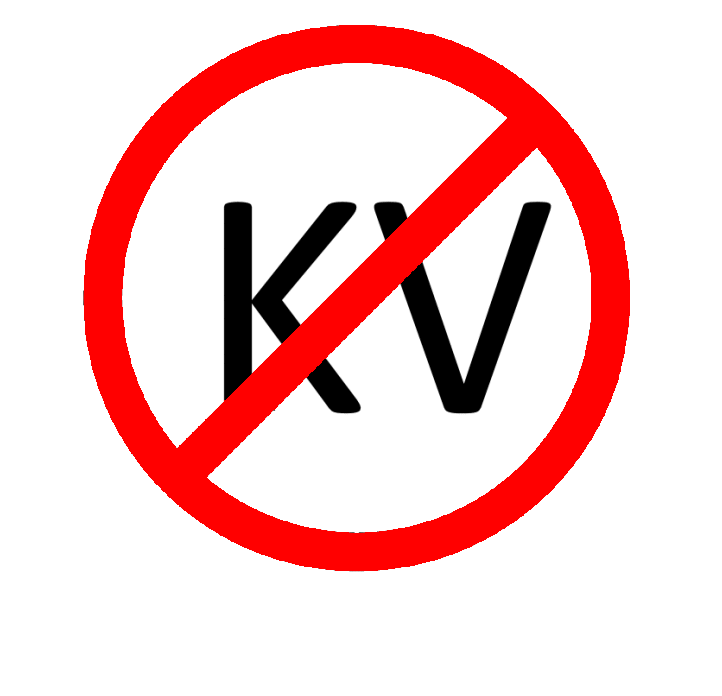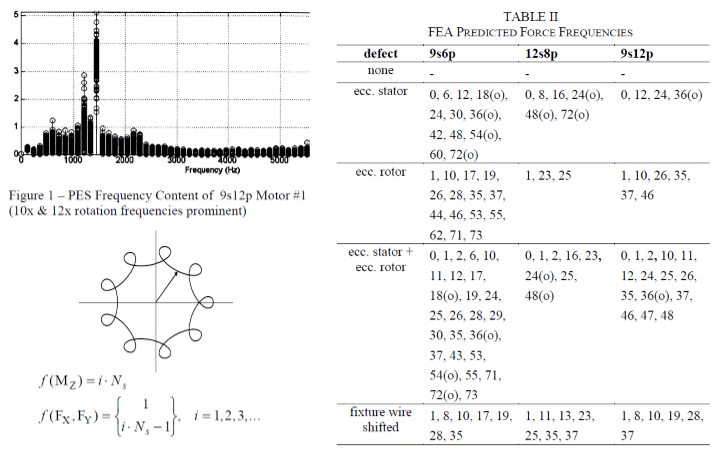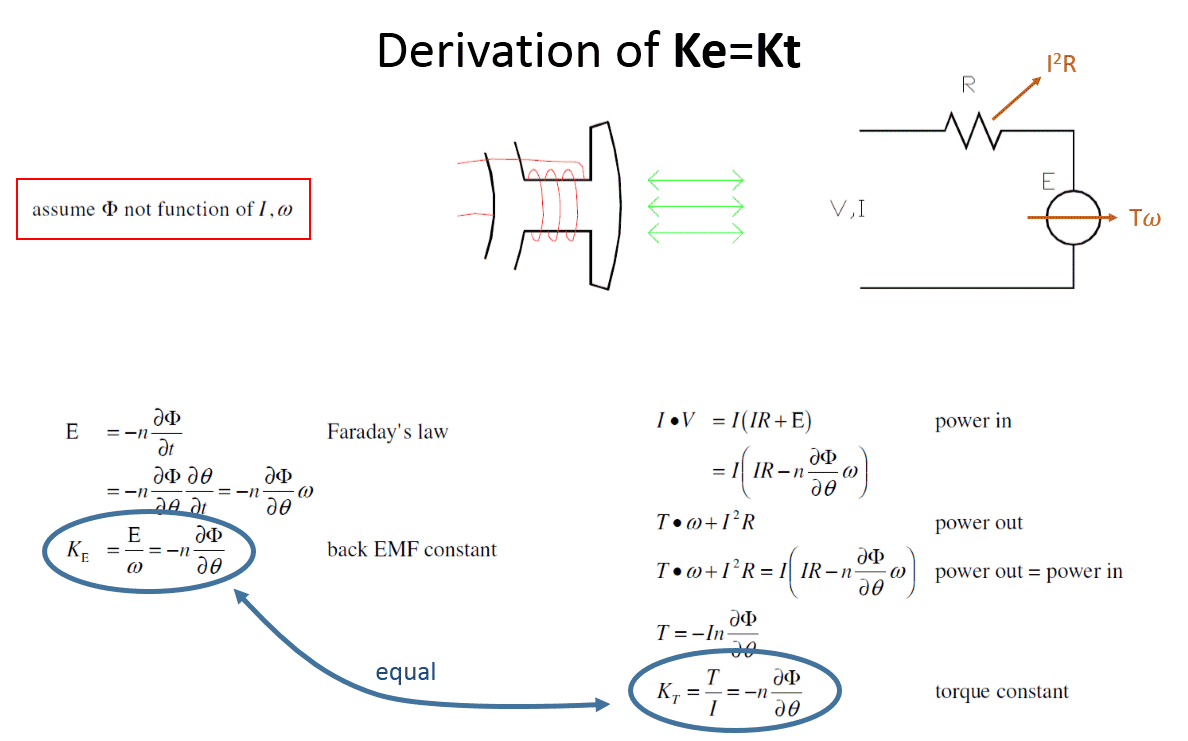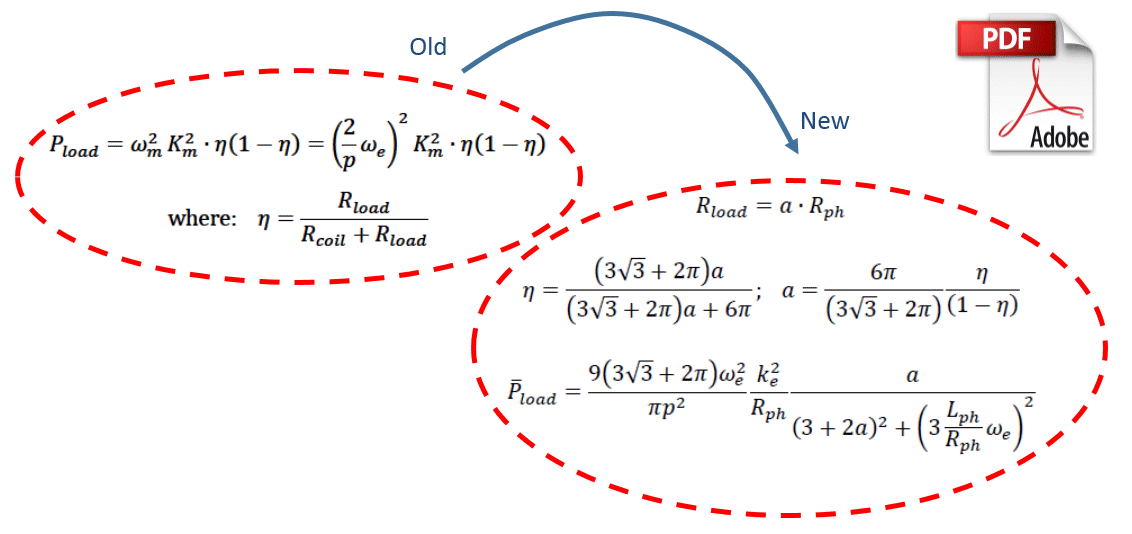Motor vendors have taken to characterizing their motors using the parameter KV. It has units of angular speed per volt, specifically RPM/volt. The notion is you drive an unloaded motor with a controller being sourced with some fixed voltage V. Then you measure the resulting speed of the motor. Then you form the ratio of RPM/V to form the constant KV. For the most part, a motor's RPM should rise linearly with input voltage.
There's another very similar motor quantity called Ke - the motor back-emf constant. It has units of volts per angular speed (actually Volt/radian/s). Ke should be the exact reciprocal of KV (using consistent units like MKS). But too often, it's not. Here's the problem.
To measure KV you drive your motor with some electronics. But the control methods are not specified. Is it 6-step square, 3-phase sine with field-oriented-control, is it operating with flux-weakening? The same input voltage to the same motor can yield completely different measured output speeds depending on the electronics. Also, the motor is supposed to be unloaded, but the bearings may have a lot of friction and there can be high iron corelosses. Both of those drag sources can vary non-linearly with speed thus messing up the KV calulation at higher speeds.
By contrast, Ke is measured open loop. You physically spin the motor and measure the generated output voltages and directly form output V per input angular speed. It is not affected by high currents, high corelosses, or high friction. It is a direct measure of the motor magnetics.
Ask for Ke. You can't trust KV.






